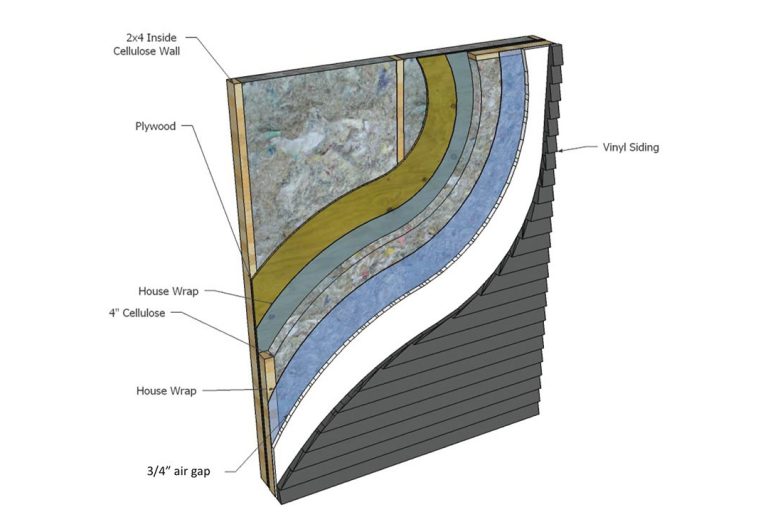
In this part, a kind of PCM-based lightweight wallboards which integrates PCMs with insulation materials is put forward.
BUILDING ENVELOPE MATERIALS HOW TO
How to design building envelope with phase change materials Therefore, the thermal performance of PCM-based envelope has attracted more attention in recent years.Ģ. As shown in Figure 1, building envelope integrated with PCMs can improve thermal inertia of lightweight structures and further stabilize indoor thermal environment. Due to large thermal capacity, phase change materials (PCMs) are ideal thermal storage materials to be integrated with building envelope. However, the traditional approach is not suitable for achievement of satisfying thermal storage performance in lightweight structures widely developing in recent years. Adopting heavy structure (such as earth brick) is a traditional method for the improvement of building thermal stability. Another is to increase thermal inertia of buildings to enhance the resistance to the changing of outdoor thermal environment, especially in climate conditions with large daily temperature range, where remarkable energy efficiency performance could be achieved by improving building thermal stability. One is to reduce heat transfer coefficient (U-value) then decrease the heat flux of building envelope. There are two main ways for the improvement of building envelope thermal performance. Improving thermal performance of building envelope is an effective approach to achieve a stable indoor thermal environment and reduce building energy consumption. Passive low-energy buildings are developed to solve the problem. To build a comfortable indoor thermal environment, the energy consumption of air conditioning is increasing rapidly, which has negative impacts on sustainable development.

*Address all correspondence to: Introductionīuilding energy saving is essential to overall energy conservation from different sectors. School of Architecture, Xi’an University of Architecture and Technology, P.R.State Key Laboratory of Green Building in Western China, Xi’an University of Architecture and Technology, P.R.The chapter can be helpful for the development of building energy efficiency and the goal of zero and net zero energy. To exert the phase change materials applied in building envelope effectively, thermal transfer enhancement methods and application are also provided in the chapter. Thermal comfort pertaining to ASHRAE Standard 55 under different conditions is investigated, and an approach to estimate favorable climatic characteristics for building envelope with phase change materials is established.

The thermal design principle and a simple calculation method of building envelope with phase change materials are proposed by experiments.

The chapter mainly contains four parts: how to design building envelope with phase change materials, how to deal with issues on climatic and seasonal suitability of the technology, how to improve thermal performance of phase change materials applied in building envelope, and what is the application mode. Based on recent investigations on building envelope with phase change materials from all over the world, we select the key scientific and technical issues including the thermal design methods, climatic and seasonal suitability and application, etc.


 0 kommentar(er)
0 kommentar(er)
